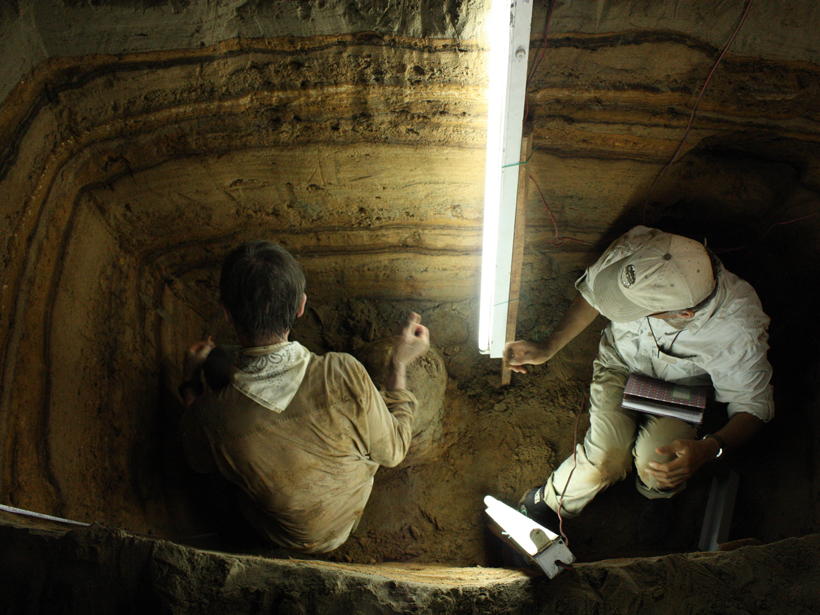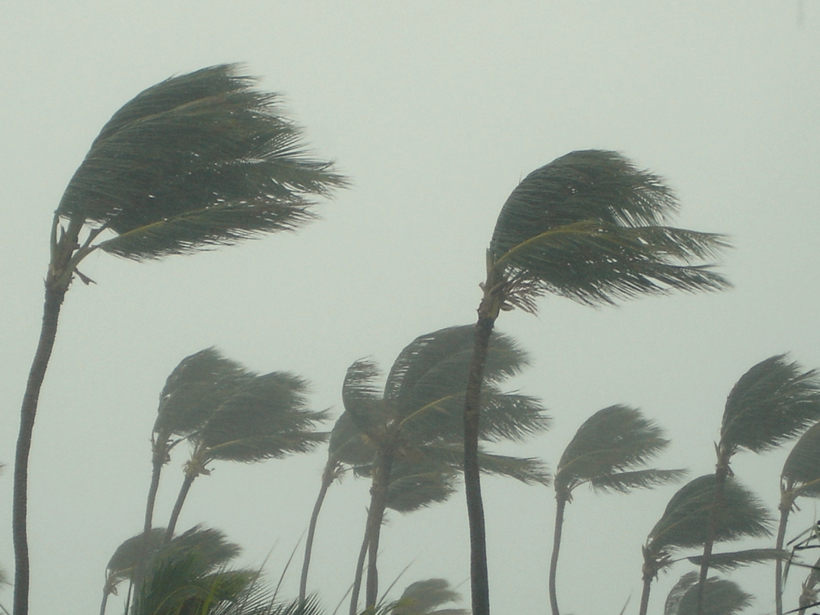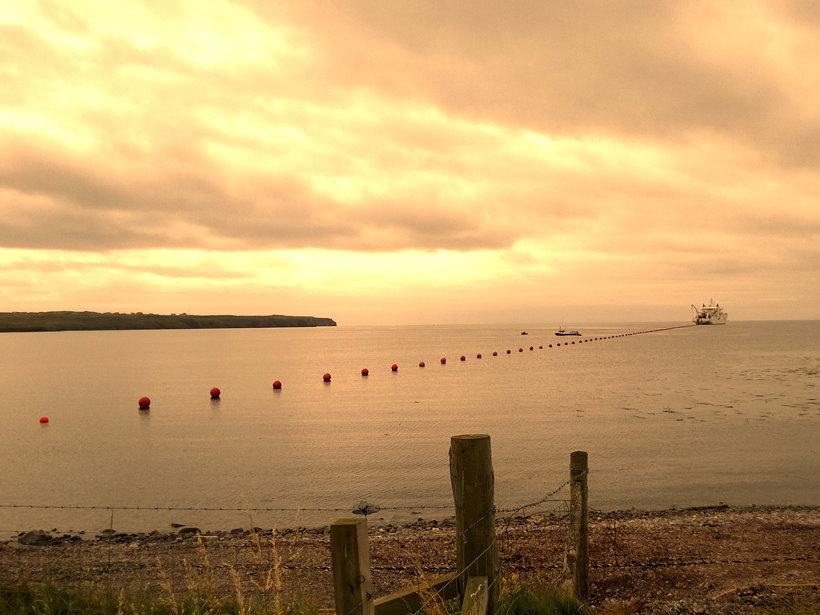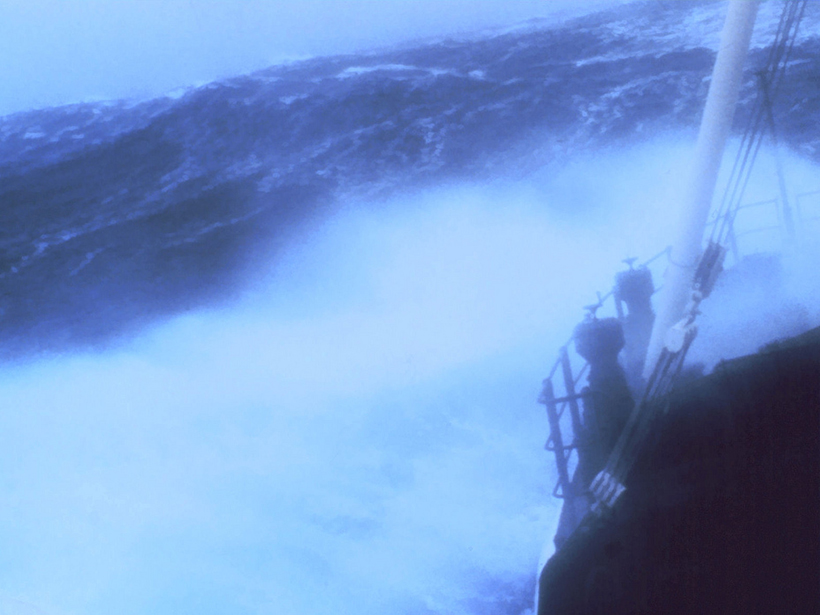When Hurricane Harvey struck Texas more than a week ago, an Eos staff editor based in Houston hunkered down. Here’s her day-by-day account of the storm and its aftermath.
tsunamis & storm surges
The Legacy of the 1992 Nicaragua Tsunami
A powerful tsunami struck Nicaragua’s Pacific coast 25 years ago. In its wake emerged the first coordinated collaboration among international tsunami scientists.
Indonesian Cave Reveals Nearly 5,000 Years of Tsunamis
Researchers explore a coastal cave containing layers of sand deposited by 11 prehistoric tsunamis and demonstrate that the time period between massive waves is highly variable.
Tsunami Records Show Increased Hazards for Chile’s Central Coast
Simulations of the historical quake raise new concerns: A similar event in the future could cause a devastating tsunami in Chile’s most populated coastal region.
NOAA Officials Stress Hurricane Danger and Storm Safety
Agency scientists on a Hurricane Awareness Tour showcase NOAA research capabilities and warn that although winds can cause severe damage, the biggest killers are storm surges and inland flooding.
Commercial Underwater Cable Systems Could Reduce Disaster Impact
Workshop on SMART Cable Applications in Earthquake and Tsunami Science and Early Warning; Potsdam, Germany, 3–4 November 2016
An Up Close Look at the Megaquakes That Cause Tsunamis
Researchers recreate changes in the seafloor during Japan's devastating 2011 tsunami.
Tsunamis Leave a Telltale Chemical Trail
Researchers follow a trail of organic compounds in soil that reveals the 2011 Tohoku tsunami's path over the Japanese coastline, providing clues to how often tsunamis recur and where they travel.
Hong Kong, Macau at Greater Tsunami Risk Than We Thought
Researchers assess tsunami risk in the South China Sea based on models of seismic slip along the Manila megathrust.
Model Predicts Heights of Rogue Waves
Rogue waves form without warning and can tower more than 25 meters high. A new mathematical approach shows promise at simulating how high these waves can be.










